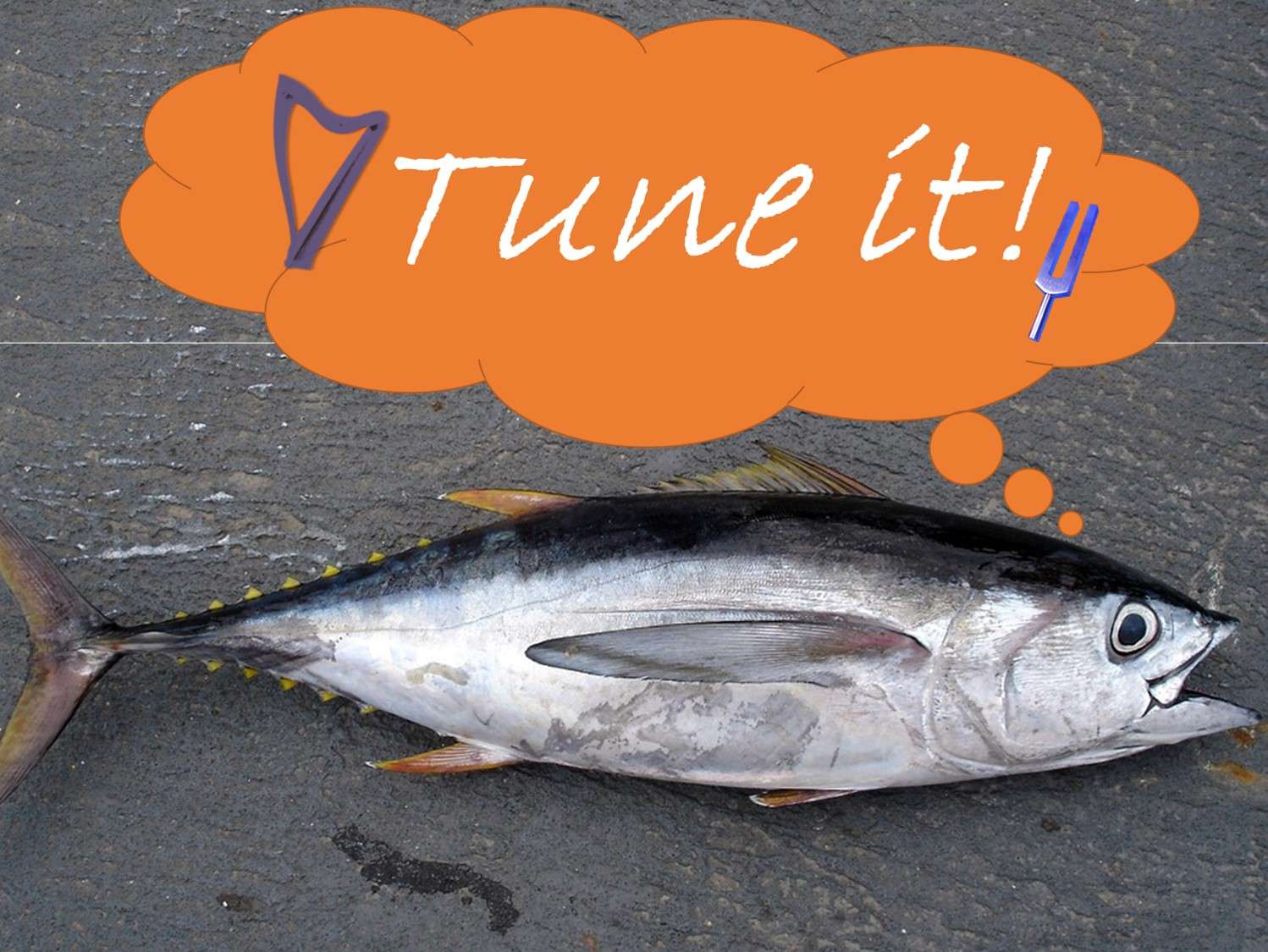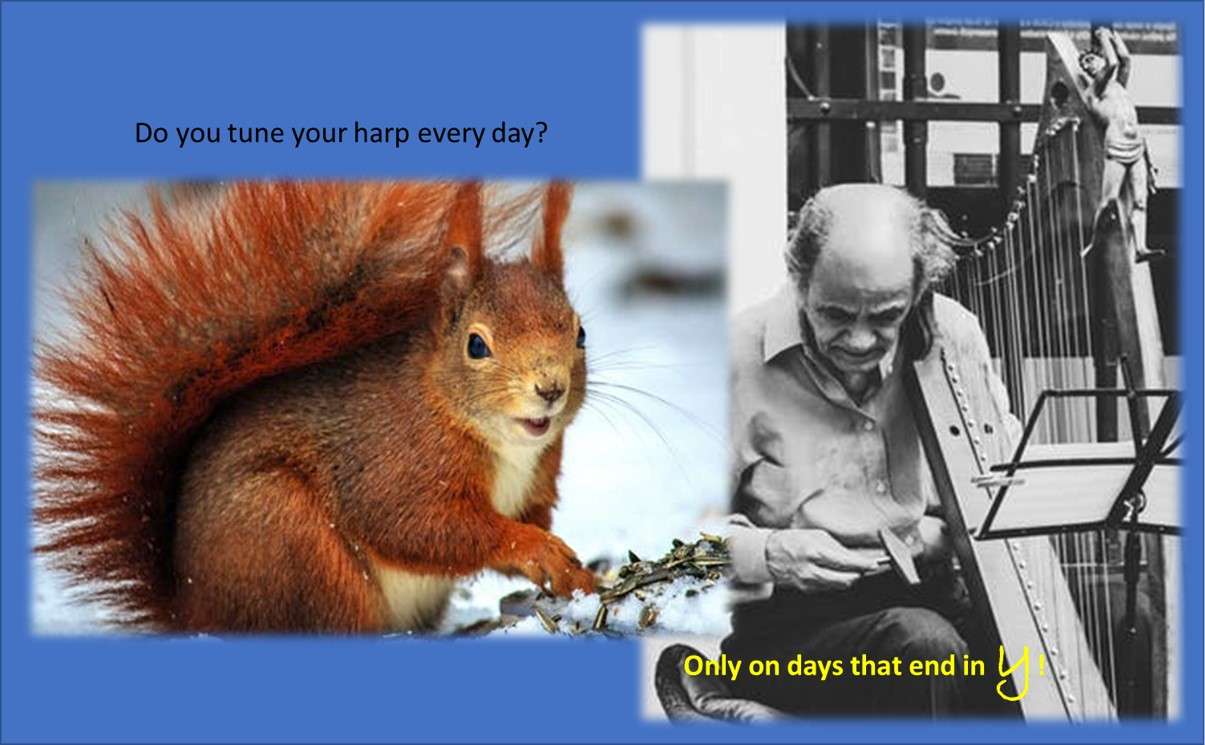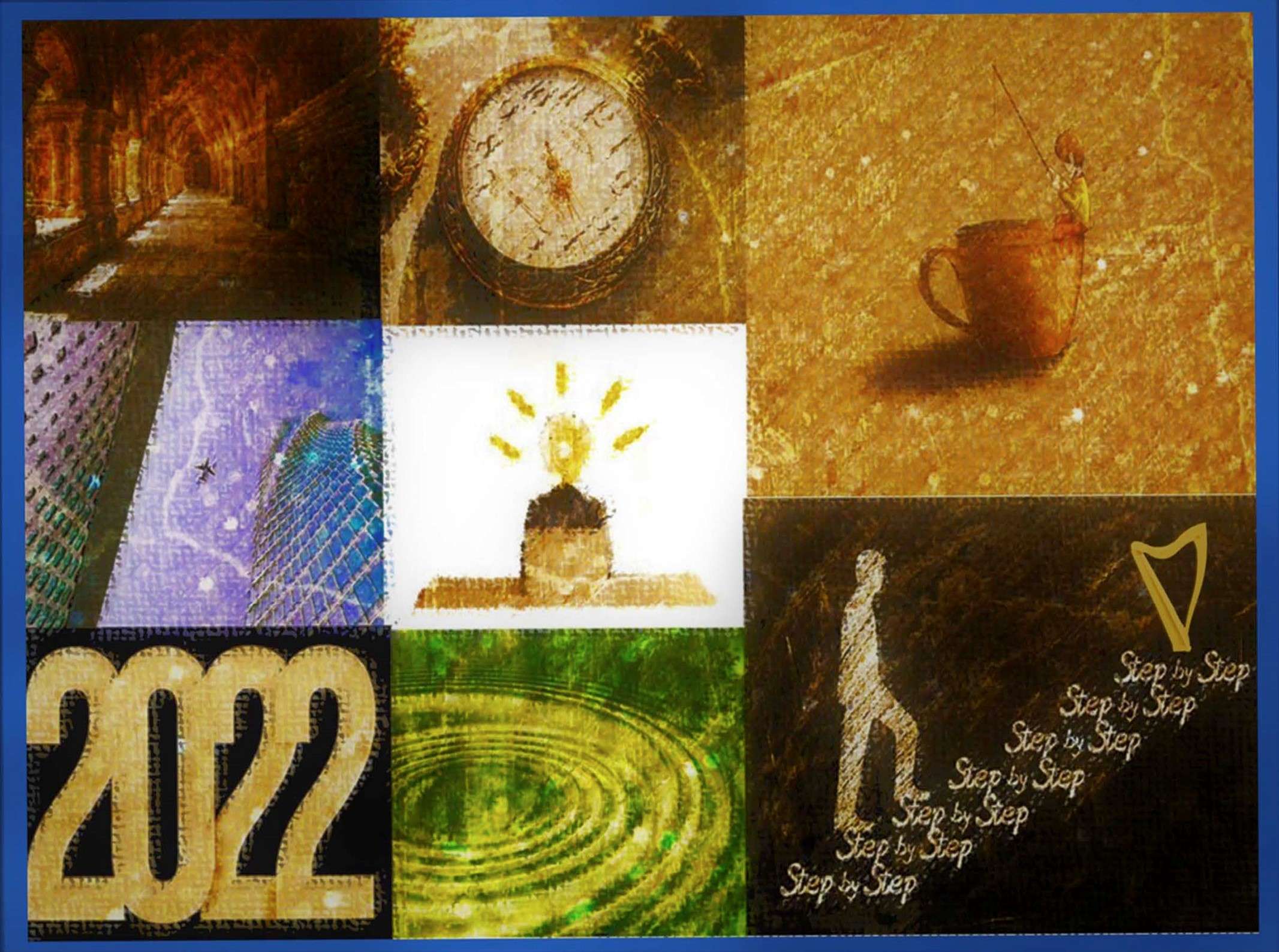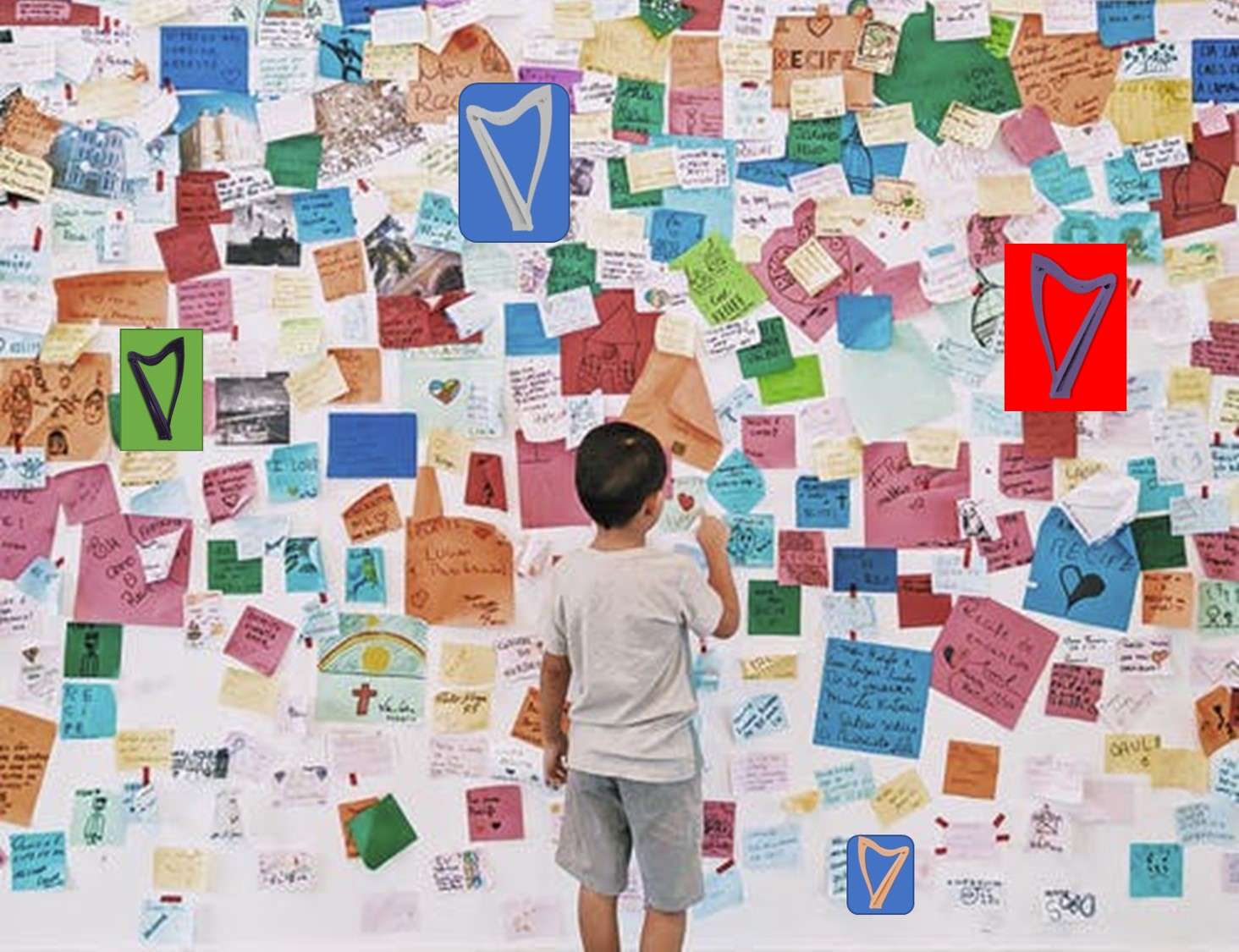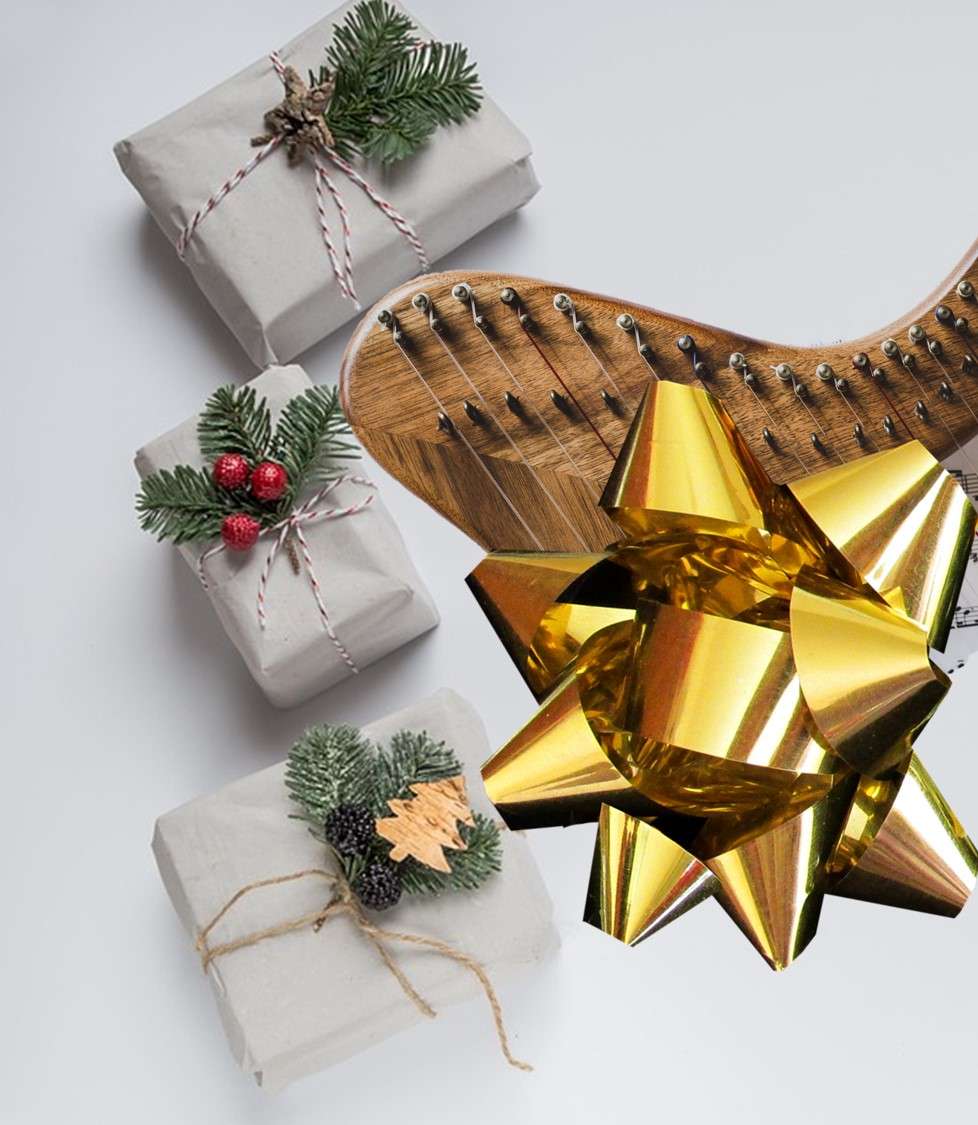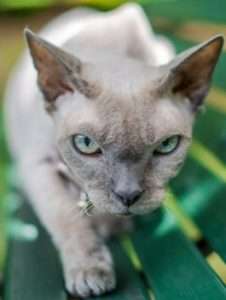So, we’ve talked about the tools you might use to tune and a few approaches to assuring you tune all your strings to particular pitches. But last week, Sara brought up a good point that I had been dancing around.
Why? Because it’s easy, but not simple. What?!
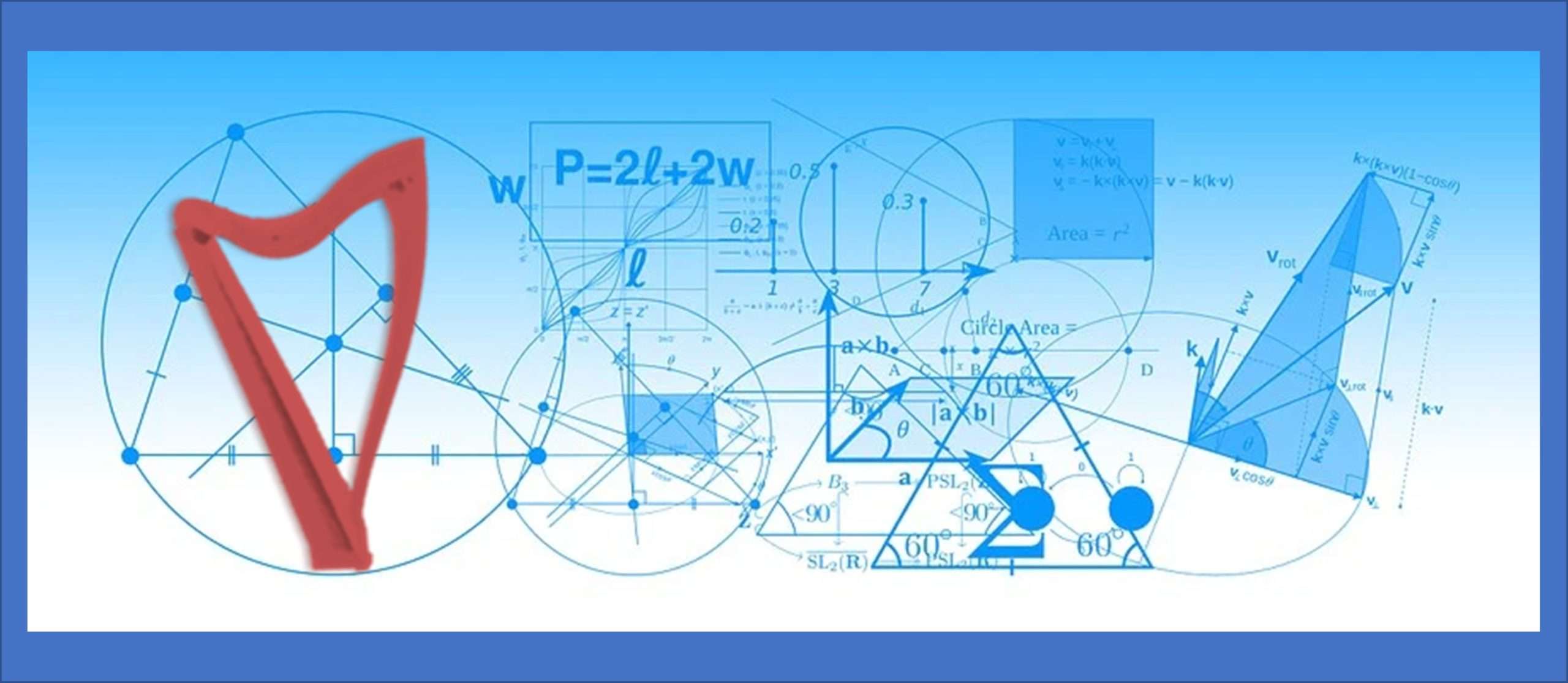 So, let’s start with a caveat. I’m not an expert in tuning or the mathematics and music theory behind tuning. I’ll share what I know but please understand that this will be a skimming of the topic*. Here goes.
So, let’s start with a caveat. I’m not an expert in tuning or the mathematics and music theory behind tuning. I’ll share what I know but please understand that this will be a skimming of the topic*. Here goes.
The Social Component. You might not have known there’s a social component to tuning, but there is. We use A= 440Hz as we mentioned before. But why? Because this is the current convention. Translation,
“We do it that way because that’s the way we do it.”
In times past A = 432Hz, and who knows what it was before that (ok, someone probably knows, but I don’t). This consensus on what “in tune” means is the social component of tuning – we’ve agreed, we’ve come to consensus that we will use this standard (A = 440Hz) to tune our instruments.
After all, why do we tune at all? Because making music is social – and we want to enjoy playing together.
Having said that, there are other elements of this social consensus. More plainly, there is more than one “tuning system.” These tuning systems “define” the scales you tune to. There are loads of systems, and variants on them, and like every other human endeavor they have grown, developed, and changed (morphed?) over time. Here are the two Temperaments you are most likely to bump into playing the harp. I’m presenting them here as fait accompli but realize that they are all defined through and across music, philosophy, culture, and history.
Equal Temperament. I’ve started here because this is the system you have likely always used (and unless you have changed a setting on your tuner, it’s what most electronic tuners use). This system has the twelve tones that match the keys on the piano (C, C#, D, D#, E, F, F#, G, G#, A, A#, B) and the pitches are distributed equally. This is the tuning that makes it possible for the piano to be played in each major key**. The upside is that everyone can play together. The downside is that when you smush the pitches like that, they are no longer mathematically “correct” and when this was first used, it “sounded funny” (or more likely slightly off because when they did that, the notes all moved a little, sort of like kindergartners shifting around in line for cookies). If you’re not sure, look at your tuner (or at the paperwork) – it likely says it’s equal temperament.
Pythagorean Temperament. You’ve heard of the Pythagorean Theorem? Pythagoras thought that all beauty could be captured in mathematical ratios – the right triangle, the movements of the planets, and the arrangement of pitches. This tuning is based on tuning “pure 5ths”. This is the tuning you might use if you worked with a tuning fork. This is the temperament that is easiest to tune by ear – you listen for the glorious pure 5th (remember – an in-tune 5th will “ring” and be audibly in tune. You can’t miss it – and if you’re not hearing the ringing, you’re not in tune yet). Each pitch will be near its cousin from equal temperament but only the octaves and 5ths will be exactly the same.
There are other Temperament Systems including Meantone, all the variations of Equal Temperament (the 12 tone we’ve talked about above and including a lot of others counting up to 72 tone, Well Temperament (which Bach used to make a set of tunes for all 24 major and minor scales available on the keyboard at the time), Just Intonation (which I’ve never run into but is a thing), and many more. Remember too that the temperament selected might have more to do with the music being played (renaissance had a different sense than modern) or the instrument being played (remember, it’s hard to retain theory that doesn’t apply to you!).
Here’s a suggestion – play around with your tuning and see what you think. If you’re typically using Equal Temperament, try Pythagorean and see what you think. You might make lemon face because, it will be slightly different. It probably will sound out of tune, but if you’re interested, give it a try.
Which type of tuning do you use and why? “Because that’s what I was taught” is a perfectly good answer! Did you try another approach? What did you think? Let me know in the comments.
*If you’re interested, there are many books on tuning, but one of my favorites is Lies My Music Teacher Told Me by Gerald Eskelin. It’s a really fun book, and a short read, weighing in under 175 pages, but it is dense going – and having an interest in math will help. Alternately, you can choose the path many do and stick with the theory you have learned by rote from teachers who have learned by rote. Another way to say that is,
It has always been thus….
You will do fine if you want to keep it there, but read the book if you’ve always wondered.
** if the wording starts to be a little stilted, please note that is me attempting to be correct in an area that I don’t fully understand (nor do purport to), and is language that many musicians have bandied about but is actually quite technical – kind of like you call it a bruise but your physician calls it a hematoma – they’re both right, but one is more technically accurate than the other!

